Marina Oprea’s project Me, Myself and Mycelium, exhibited at ETAJ artist-run space, develops a number of themes she has been exploring since 2014 in projects such as The Messy Circle of Humanity (2015), Cut (2014), and Self-archaeology (2021), which, alongside social critique, feminist topics, land art, and scientific research, make up one of the central directions of her art practice.
The project’s first premise is therefore the exploration and decryption of the perceivable reality from the perspective of a personal and alternative archaeology. In projects articulated as installations or space interventions which are often performative or result from performative interactions with the artistic material and process, Marina Oprea imagines dystopian structures, dynamics, and scenarios generated by the overlaps of an I simultaneously generic and interior with an environment that it transforms, altering it.
The project’s second premise is the link between the human element – perceptive / open / configurative – and the environment, from a rhizomatic perspective built upon the interdependence of elements. Finally, another premise of Marina Oprea’s art process is a reconsideration of the Anthropocene, from a perspective that negates the anthropocentric one: a reconfiguration born out of the imperative that sets the crisis in motion, namely “abandoning the quietude with which the world has been deciphered until now,”[1] but which also offers the solution, in a post-crisis opening towards unlikely links that become possible and affirmed as such.
Marina Oprea’s works are impressive because of the fluency and ease with which they assimilate what has been stated in the art of the last two decades as a logical consequence of the mutations and new patterns in the theories of knowledge and the social sciences: the transition to a series of integrating interpretations and dual, complementary readings based on relations of uncertainty. It is a direction of art whose pivotal moment lies in the recent past or in a continuous, dynamic present, as a consequence of a profound shift in and reconsideration of our reference points.
This new paradigm renders dynamic the structural invariance that develops towards mechanisms of continuous evolution, transformation, and realization. Beyond immediate experience, hypothetical models and complex systems in which the relation with the elements dominates become possible. Rhizomatic models are associated with social, biological, and scientific models open both towards the inside and the outside: integrating an alternative narrative and, at the same time, accepting new coordinates that configure a new attitude – a strange awareness, as Timothy Morton calls it.
Marina Oprea’s project responds in a natural way to problems associated with an irreversible situation, and she does so in a logical and necessary fashion, from the perspective of an inclusive post-humanism extended towards hybrid forms of representation. The artist opens and maintains a dialogue between self and forms of existence / models of coexistence in which hyperobjects unfold in a network whose main feature is interconnectivity.
Me, Myself and Mycelium proposes a space articulated from visual elements, techniques, and materialities, with which the artist has been experimenting since her previous projects. Artificial elements and natural materials overlap in a dialogue that responds to the association between organic and synthetic form. The objects made of resin – a material that Marina Oprea invests with all the qualities of transparent preciousness while almost fully liberating it from its suffocating or toxic connotations – documents and records form throughout all stages of the hardening process.
The space is both one of exhibition and of discovery, and the role of sand is just as dual, being simultaneously part of the work and a base for the resin elements, in a way that responds to its nature as a plastic, unstable, fluid-but-dry material, a residue and a raw material, a continuous volume and an assemblage of fragments. The anatomical fragment – casts or replicas – belongs to a self-referential field and simultaneously to successive layers of alternative history, an extractive archaeology and geology, in a hybrid imagery that announces two seemingly contradictory directions: that of openness and interconnectivity and that of object-oriented ontology and parallel systems.
The result is a dimension that allows for multiple readings of representation and the art process, and which can be described, up to a certain point, in one sentence – but just as well in its opposite: “I don’t want to be a simile anymore (…). I want to be a metaphor.”[2]
[1] I. Prigogine, I. Stengers, Noua Alianță, Ed. Politică, București, 1983.
[2] China Mieville, Embassytown, Pan Macmillan, 2011.
Translated by Rareș Grozea
POSTED BY
Mălina Ionescu
Mălina Ionescu (b.1978) is a visual artist and theoretician, holds a PhD in Museum Studies, currently curator at MNAC Bucharest – The National Museum of Contemporary Art Romania. Lives and works i...
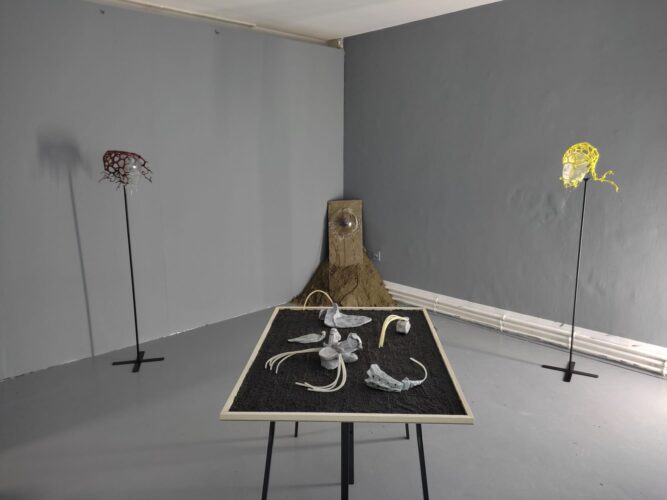
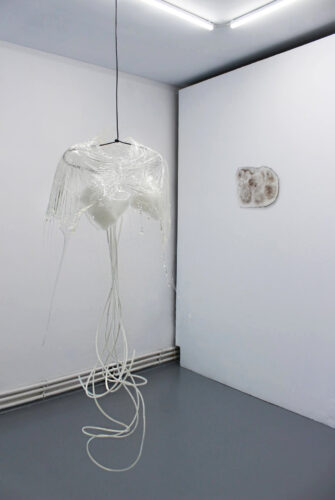
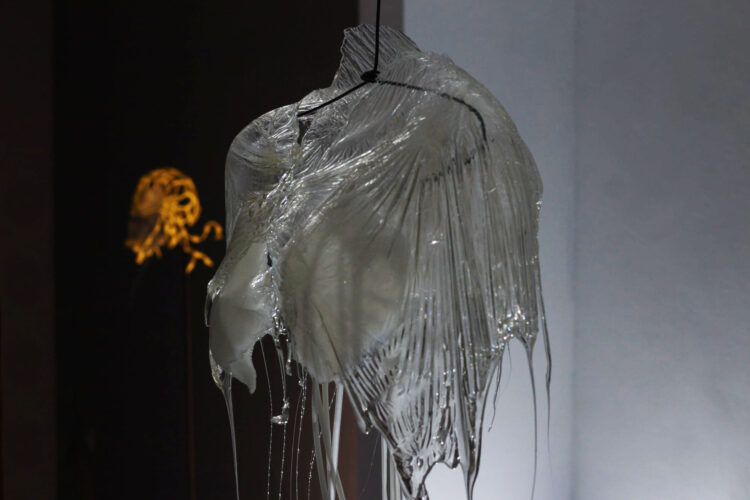
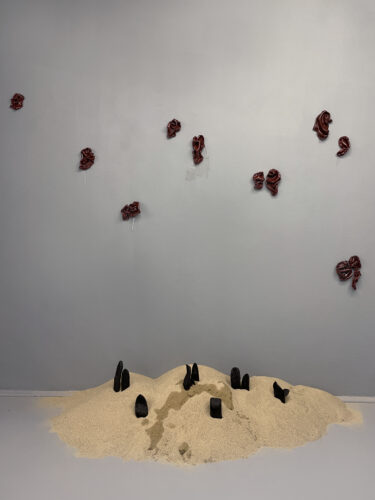
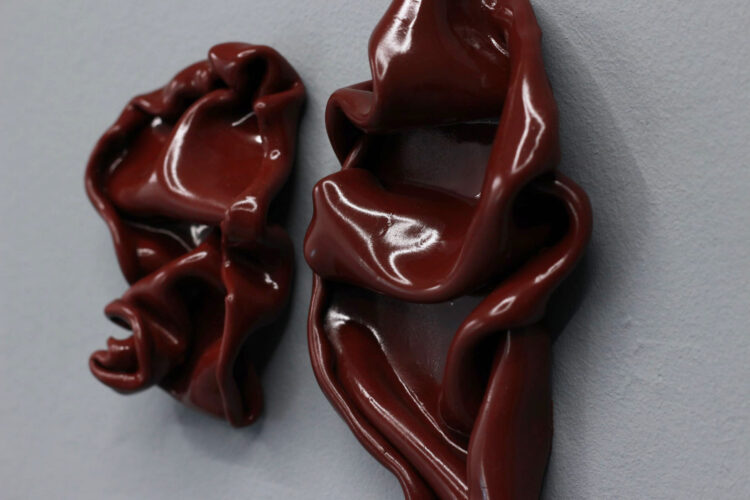
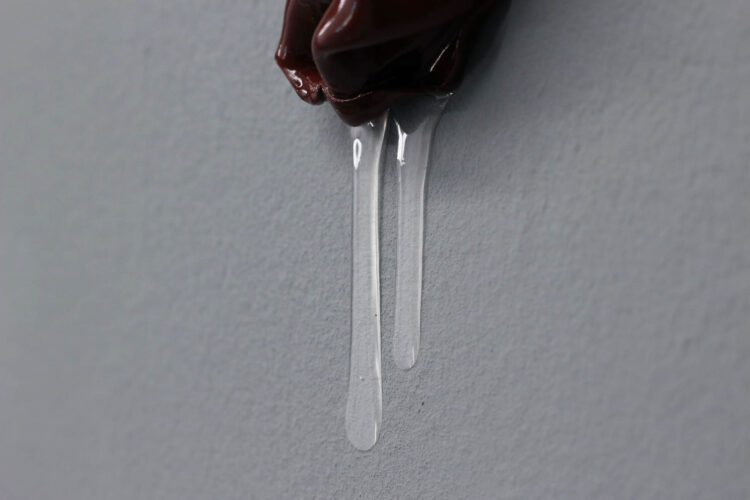
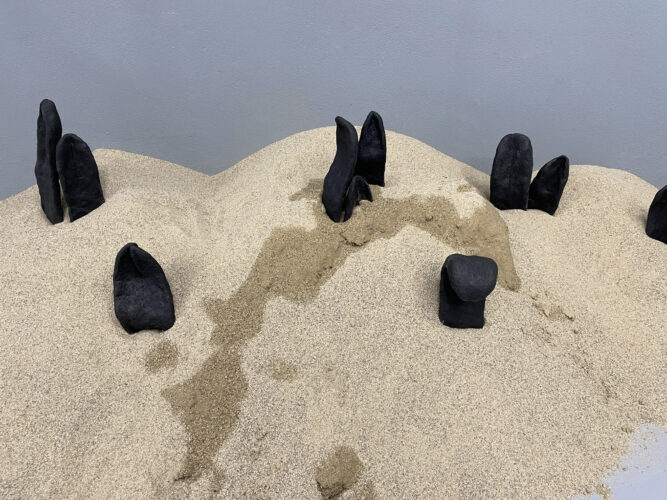
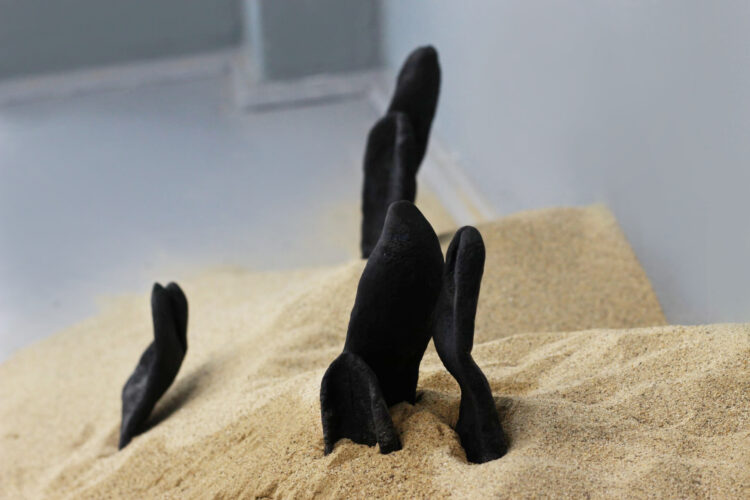
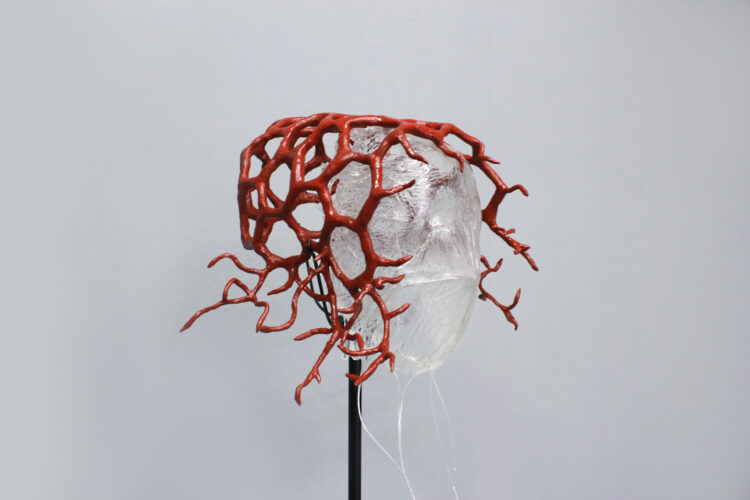
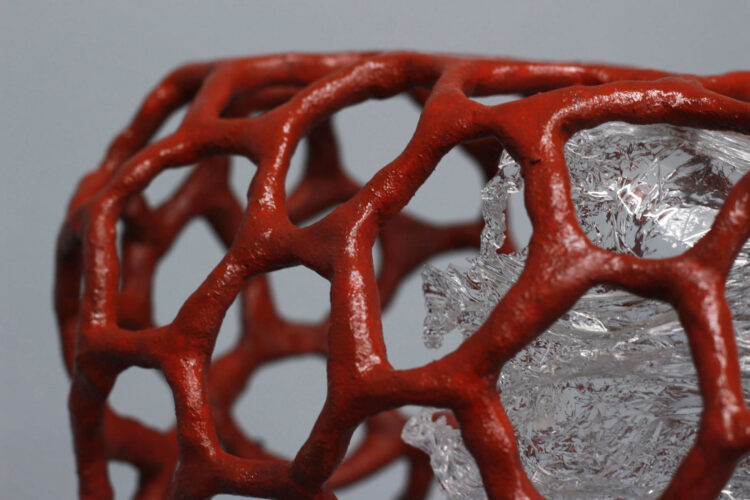
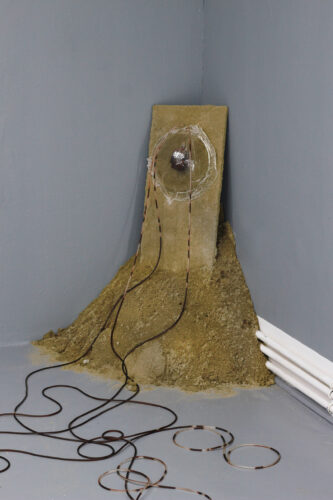
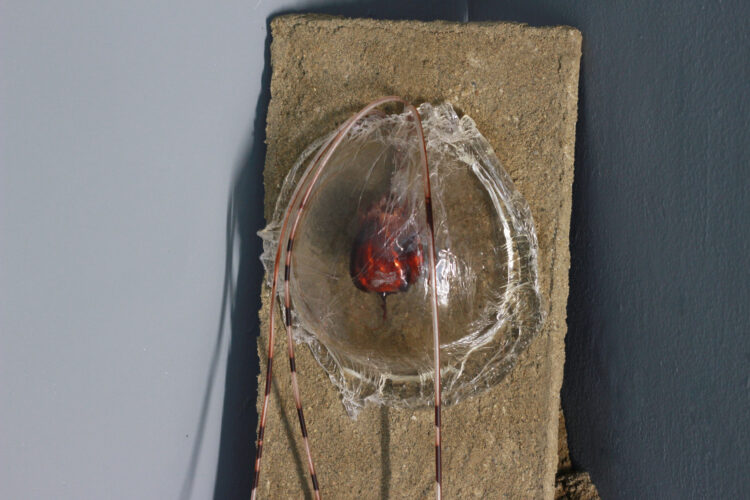
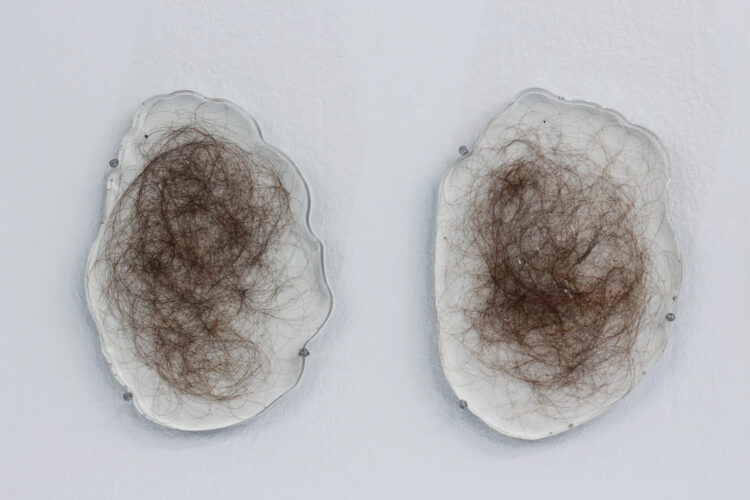
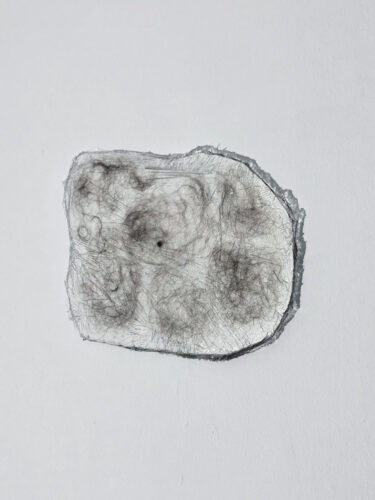
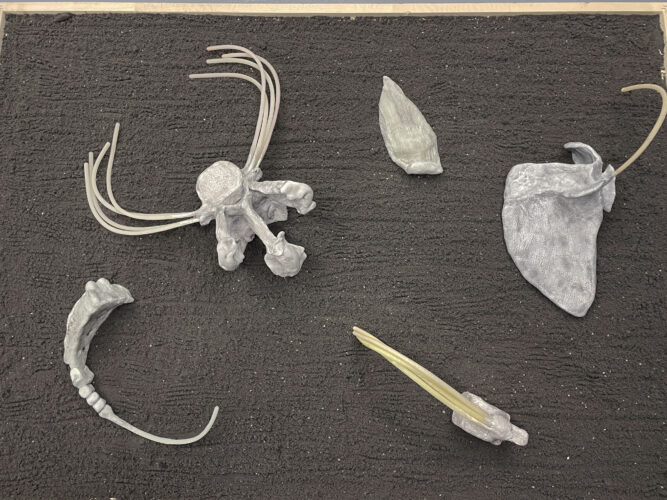
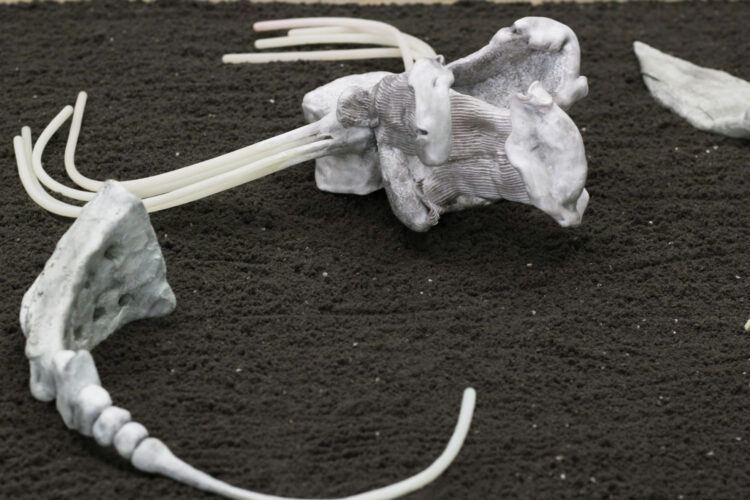
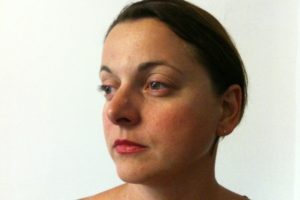
Comments are closed here.